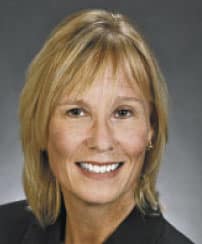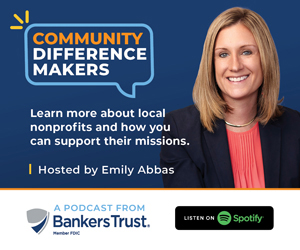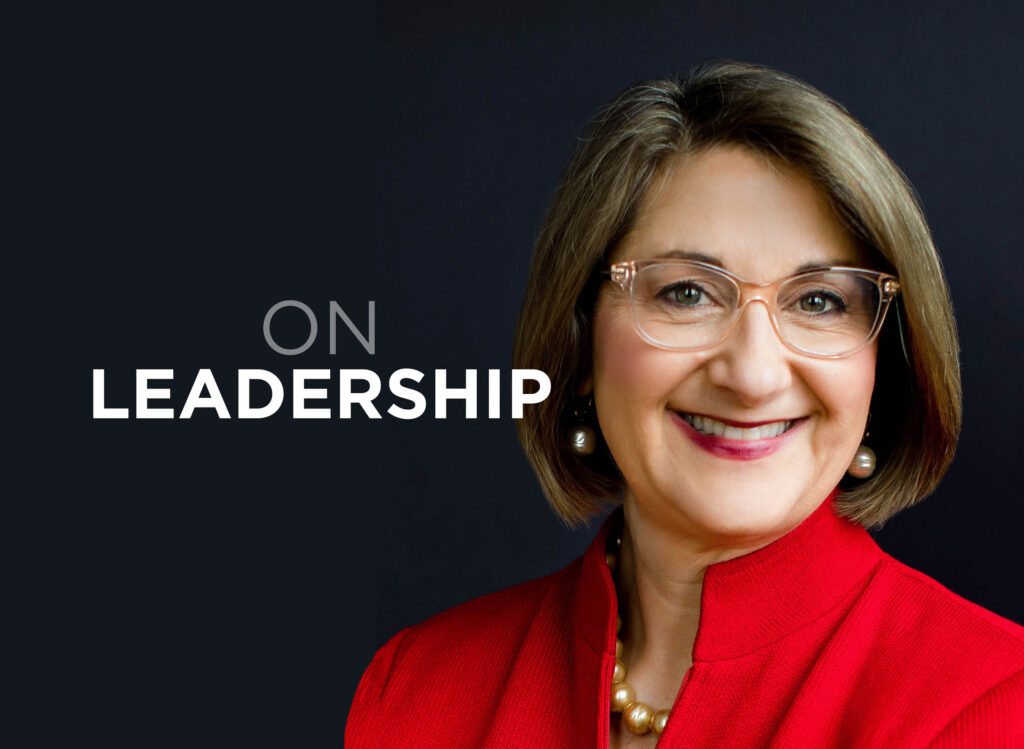GUEST OPINION: Changing the way we think about change

The only constant is change. Both negative and positive changes happen to everyone. We get married – we get divorced. We have children – they leave for college (sometimes they return home). We get promoted – we get fired. We move to another neighborhood – our parents move back to town. And, any and all changes bring us the opportunity to go through a process of psychological and emotional adjustment.
I interviewed William Bridges, one of the leading experts on transition, author of “The Way of Transition” and several other books on the subject. He developed a transition framework that is used by individuals, leaders in organizations and communities to help make change successful. I also interviewed Barbara Beizer, a transition coach and organizational development consultant. Beizer has been using Bridge’s work for many years with individuals and organizations.
Bridges identifies “change” as an external event and “transition” as the internal process we go through to move from the old way to the new. Change is fast; transition is slow. He maintains that many change initiatives are made more difficult or are not successful because leaders do not understand the importance of transition.
In the Bridges framework, transition is made up of three stages:
Endings: We start with endings because we don’t begin something without ending something. Endings involve losses, sometimes significant ones. Even though we are thrilled to be getting married, we might find we miss our old independence in ways we could not have predicted. Resentment can easily set in if we are not willing to acknowledge and deal with this loss.
The Neutral Zone: It is not so much that we are afraid of change or so in love with the old ways, but it’s that place in between that can make us anxious as if being caught between two trapezes. This can also be a creative space, a time when we can explore new horizons.
New Beginnings: Adjusting to a new job can be exciting and challenging at the same time. We learn new patterns of behavior – even driving to work on a new route. We can easily be frustrated while we are getting “up to speed.” When we don’t understand the transition process in an organization, change often fails or is poorly executed.
As a practitioner, Beizer has dealt a lot with change fatigue, the effects of flooding an organization with changes on top of changes. The workplace becomes dehumanized, and people feel they are being treated as commodities.
When leaders understand transitions, they provide the resources, time and energy to support people in the process for changes to be successful. Great change leaders know that transitions are not linear and everyone affected adjusts at his or her own pace.
Using the transition model as a basis for conversations, they can better understand where a given employee or team might be in the transition process. When they encounter resistance, they can discern whether it is the change/event that people don’t like, or the challenges of adjusting to it that are the issue. Bridges thinks people resist the internal emotional experience of transition more often than the external change itself.
When we understand our own personal transition adjustment process, we are more empathetic in understanding the behavior of others. We need to help people manage endings successfully, navigate the Neutral Zone and support new beginnings. It is time to change how we think about change.
Jann Freed, Ph.D., is a leadership development and change management consultant at The Genysys Group.







